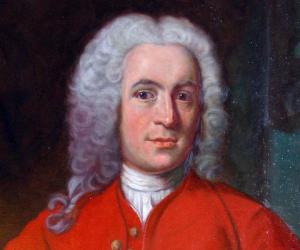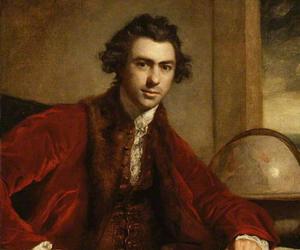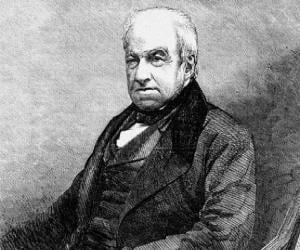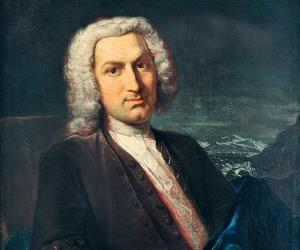Swedish botanist and lecturer Carl Linnaeus, who established the concept of binomial nomenclature, or the system of naming organisms, is also known as the father of modern taxonomy. His system of classification is known as Linnaean taxonomy. He was the first to include humans and apes under the header Anthropomorpha.
British naturalist Joseph Banks is remembered for accompanying Captain James Cook on his voyage across places such as Brazil and Tahiti. He had also been the president of the Royal Society for over 40 years. Both his herbarium and library now find a place at the British Museum.
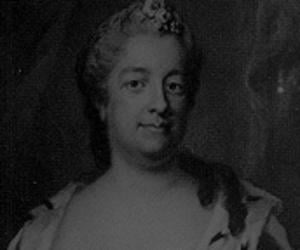
Eva Ekeblad was a Swedish countess, agronomist, salon hostess, and scientist. In 1746, she discovered a method to make flour and alcohol from potatoes which earned her popularity. Her discovery made her the first female inductee of the Royal Swedish Academy of Sciences in 1748.
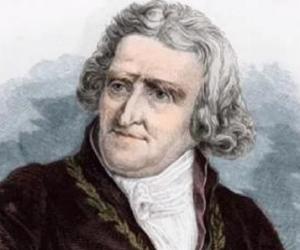
While in prison, in the aftermath of the Seven Years’ War, army pharmacist Antoine-Augustin Parmentier was forced to eat potatoes, which were considered fit only for prison ration and animal feed back then. Parmentier later persuaded the Paris Faculty of Medicine to declare potatoes edible and popularized them in France.
Copley Medal-winning Scottish botanist Robert Brown is remembered for his detailed descriptions on topics such as the cell nuclei and what later came to be known as the Brownian motion. After studying medicine, he had also served the British Army as a surgeon and also toured the Australian shores aboard The Investigator.
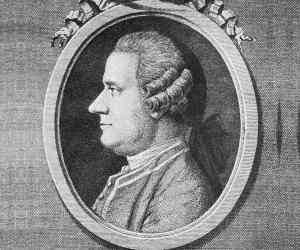
The man who discovered photosynthesis, Jan Ingenhousz was born in the Netherlands but later settled in England. He is also remembered for his pioneering research on thermal conduction and the prevention of smallpox and even successfully inoculated the Habsburg family against smallpox. He was also Maria Theresa’s personal doctor.
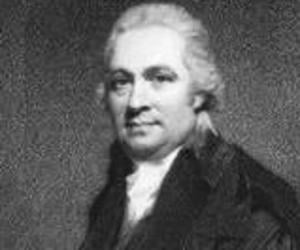
Best known for discovering nitrogen gas, Scottish chemist Daniel Rutherford was also initially a practicing physician. A skilled botanist, he also taught botany at the University of Edinburgh. His other inventions include the maximum and minimum thermometers. He also co-founded the Royal Society of Edinburgh.
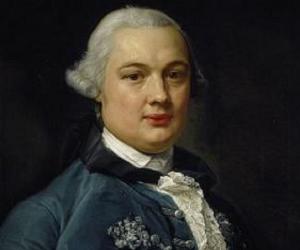
Scottish explorer James Bruce is best known for his treatises of travel and his discovery of the source of the Blue Nile. Initially a wine merchant, he later became a British consul in Algiers and decided to explore North Africa. He traveled to places such as Syria, Ethiopia, and Egypt.
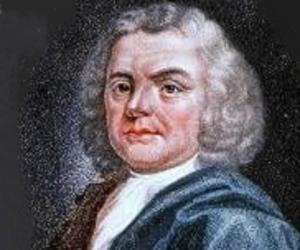
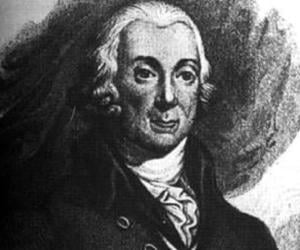
German naturalist Peter Simon Pallas was born to a professor of surgery and had, by age 15, formulated classifications of several animal groups. He chiefly worked in and around Russia, and is remembered for his 3-volume geological study, Journey Through Various Provinces of the Russian Empire.
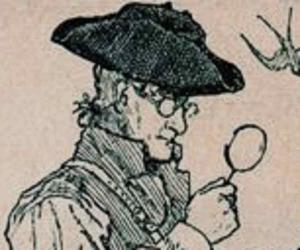
John Bartram was an Anglo-American colonial botanist, explorer, and horticulturist. Regarded by some as one of the world's greatest natural botanists, Bartram is credited with starting one of America's first botanic gardens in 1728. The botanic garden, which is now referred to as Bartram's Garden, is a National Historic Landmark.
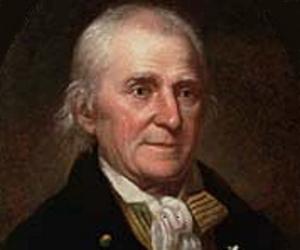
William Bartram was an American ornithologist, botanist, explorer, and natural historian. He is best remembered for authoring an acclaimed book, which is now known as Bartram's Travels. The book chronicles Bartram's explorations of the British colonies in North America. William Bartram was also one of America's first ornithologists.
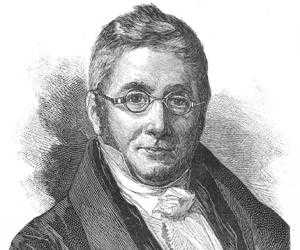
Swiss botanist Augustin Pyrame de Candolle excelled in literature and poetry in school but later focused on botany. He is remembered for establishing scientific standards and classification for plant genera. Known for his Théorie élémentaire de la botanique, he later lent his name to several plant species and genera.
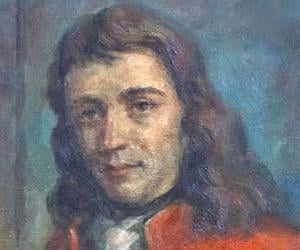
German-born zoologist and botanist Georg Wilhelm Steller traveled to Russia on a troop ship. He was later part of the Great Northern Expedition, aboard the St. Peter, aimed at locating a sea route from Russia to North America. The Steller’s sea cow, discovered by him, went extinct later.
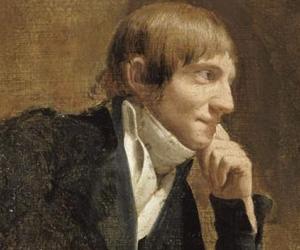
Belgian-born French painter and botanist Pierre-Joseph Redouté, also known as the Raphael of flowers, was a famous court painter and one of the greatest botanical illustrators of his time. Known for his iconic pieces such as Les Liliacées, he was a specialist of painting roses, too.
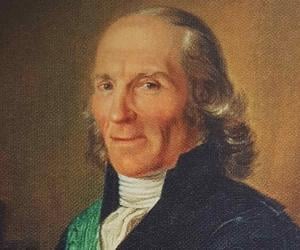
Carl Peter Thunberg was a Swedish naturalist best remembered as one of the apostles of Carl Linnaeus. Along with other students of Linnaeus, Thunberg spent seven years in Asia and southern Africa, gathering and describing animals and plants new to European science. Thanks to his extensive research on plants, Thunberg is referred to as the father of South African botany.
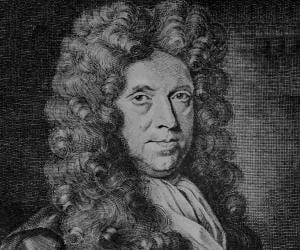
English botanist Nehemiah Grew is considered a pioneer of plant anatomy, along with Italian biologist and physician Marcello Malpighi. Initially a physician, he later penned iconic books on botany, such as The Anatomy of Plants. He also made pioneering studies in finger-print patterns. A genus of trees has been named after him.
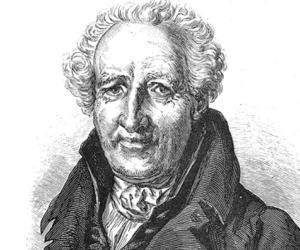
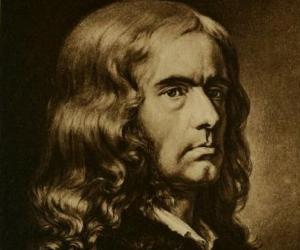
German poet and lyricist Adelbert von Chamisso, who lived in the 19th century, is chiefly remembered for his legendary fairy tale, Peter Schlemihl’s Remarkable Story. He also established the Berlin romanticist society Nordsternbund and was a noted botanist, too. He was also interested in philology and Australasian languages.
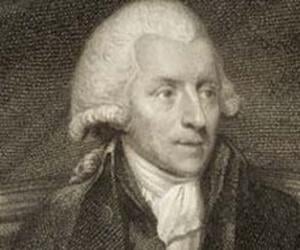
Born to a surgeon, William Withering followed in his father’s footsteps to become a physician, though he also had immense knowledge of botany, geology, and chemistry. He not only treated edema, or dropsy, with the help of the foxglove plant but also studied scarlet fever and suggested rum as a medical substitute.
Swiss biologist Albrecht von Haller, who is hailed as the father of experimental physiology, grew up as a sickly child and thus often avoided sports and mastered Greek, Hebrew, and the Bible instead. Associated with the University of Göttingen, he later penned Physiological Elements of the Human Body, which revolutionized medical science.
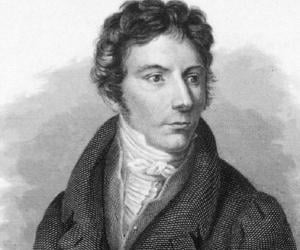
German naturalist and botanist Lorenz Oken is remembered as one of the most significant German natural philosophers of the 19th century and a leader of the Naturphilosophie movement. His studies on Wolfgang von Goethe’s theory on the vertebrate skull helped prepare ground for Charles Darwin’s theory of evolution.
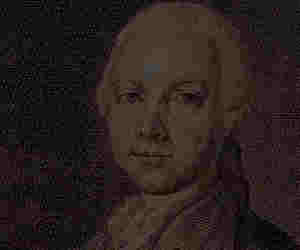
Giovanni Antonio Scopoli was an Italian naturalist and physician. He published a number of taxonomic works, such as Entomologia Carniolica, which described hundreds of new species. Giovanni Antonio Scopoli also served as a professor at the University of Pavia and the Mining Academy in Schemnitz.
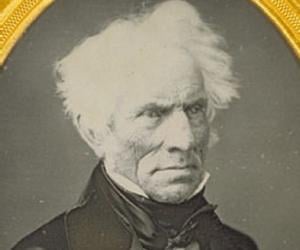

Henri Dutrochet was a French physician, physiologist, and botanist. Dutrochet is best remembered for his investigation into osmosis. He is also credited with discovering cells in plants and cell biology. Henri Dutrochet’s works earned him several awards including the Académie Française's prize for experimental physiology.
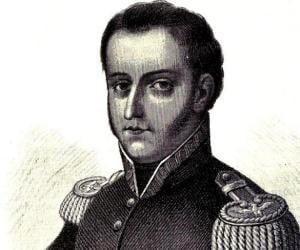
Manuel de Mier y Terán was a Mexican military and political figure who played an important role during the famous Mexican War of Independence. He is also remembered for his service as the sixth Minister of War and Marine in 1824. He committed suicide at the age of 43 due to despair over the country's political situation and health problems.
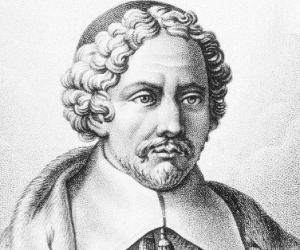
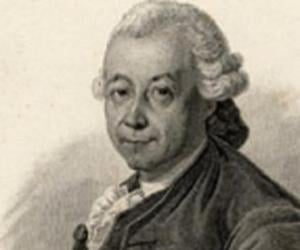
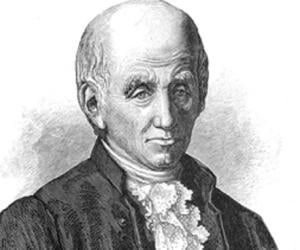
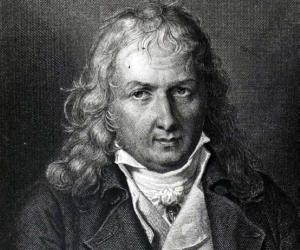
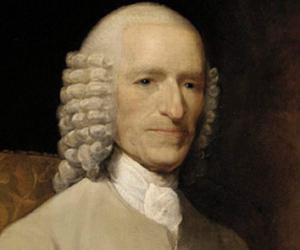
English physician John Fothergill revolutionized medical science by identifying the hardening of the arteries attached to the heart muscle in a case of angina pectoris. He is also said to have made coffee a popular beverage in England and supported coffee cultivation in the West Indies.
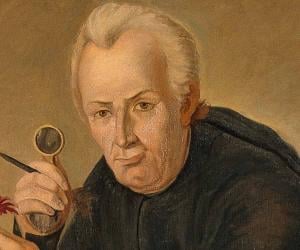
Spanish botanist José Celestino Mutis had initially studied medicine and served as the royal physician of Ferdinand VI. While working in South America later, he studied the medicinal properties of plants. He also built a massive botanical garden and penned a treatise that contained over 6,000 illustrations of plants.


Copley Medal-winning British horticulturalist Thomas Andrew Knight is best remembered for his study of the movement of sap in plants and the impact of gravity on the growth of plants. He was also the Royal Horticultural Society’s second president. His initial works found a place in the Royal Society’s Philosophical Transactions.

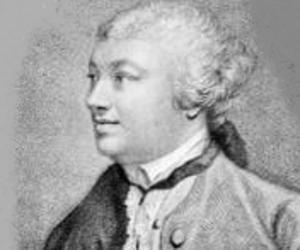
British writer and botanist John Hill was the first to use the Linnaean nomenclature to pen a book on British plants. Initially an apothecary, he studied botany in his leisure time. He had also written several satirical articles for publications such as The London Advertiser, but his best-known work remains The Vegetable System.
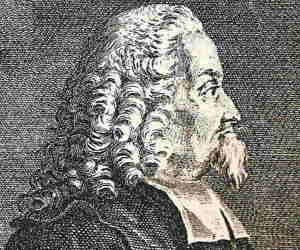
Olof Celsius was a Swedish philologist, botanist, runologist, and clergyman. He also served as a professor at the famous Uppsala University. Olof Celsius is credited with mentoring future scientist and botanist, Carl Linnaeus. In 1739, Celsius was inducted into the Royal Swedish Academy of Sciences.
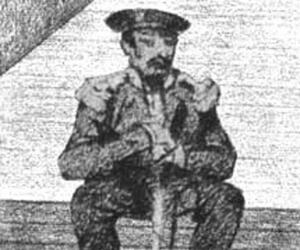
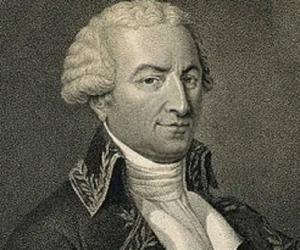
Starting his career as a botany demonstrator at the Jardin du Roi, French botanist Antoine de Jussieu later went on to establish his own principles of plant classification. He also taught at the Muséum National d’Histoire Naturelle and practiced medicine, mostly treating the poor and the needy.
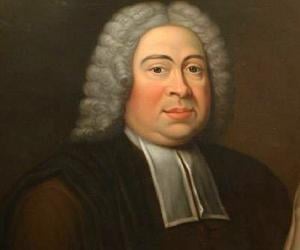
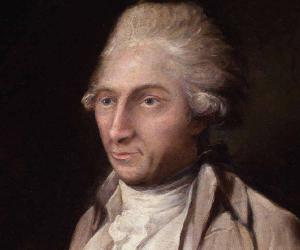
Initially a doctor in the West Indies, Sir George Staunton, 1st Baronet later turned to law. He then also worked as an English diplomat in places such as India and China assisting his friend, George, Lord Macartney. He is also said to have released the official account of the Macartney Embassy.
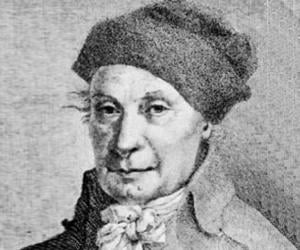
Johann Hedwig was a German botanist best remembered for his studies of mosses. Referred to as the father of bryology, Hedwig is known in particular for his study of sexual reproduction in the cryptogams. Johann Hedwig is also known as the father of another famous botanist Romanus Adolf Hedwig.
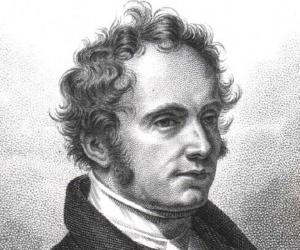


Joseph Dieffenbach was an Austrian gardener best remembered for his work on the imperial gardens of Vienna's Schönbrunn Palace, where he was the head gardener for many years. The Dieffenbachia, a genus of plants, is named after Joseph Dieffenbach.
